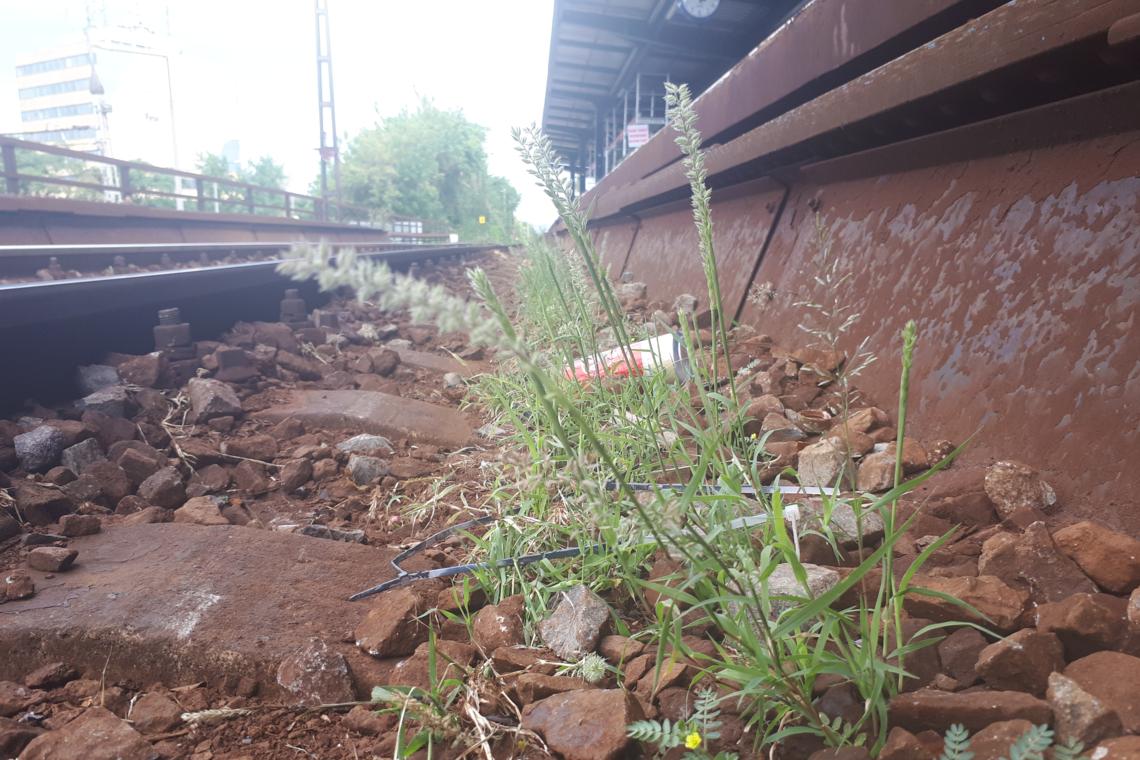New monocotyledonous weed species has been detected in Hungary (Tragus berteronianus Schult.)
Posted on June 17th, 2020 on 12:11:44 by Gábor Bese

Tragus berteronianus Schult. is a monocotyledonous plant belonging to the Tragus genus. The spine-like projections on the upper glumes make the genus easily distinguishable.
New monocotyledonous weed species has been detected in Hungary (Tragus berteronianus Schult.)
by Gábor Bese
in collaboration with: Bálint Benczés, Bence Balogh, Richárd Bisztray, Emese Bodor, András Fejes, Máté Károlyi, Roland Kisjuhász, László Menyhárt, Roland Nagy, Gergő Somody, Zselyke Széman, Attila Török, Gábor Wágner and Roland Szabó.
Tragus genus is a small genus belonging to the Poaceae family. The spine-like projections on the upper glumes make the genus easily distinguishable. Tragus species spreads widely across subtropical and tropical climates in the world among Tragus berteronianus Schult. Carlo Giuseppe Bertero (1789-1831) an Italian physician described it for the first time in the world in 1824. The meaning of Tragus is ‘goat’ from the Greek 'tragos'.
Tragus berteronianus Schult. was detected in several places in the world. It is native to Africa and South Asia. It was introduced to North and South America and much of the northeast coast. In Europe, it was found in Belgium and in the United Kingdom. There is no information about their colonization rate and extent. So far no-one has reported any damage caused by this species and we therefore do not expect it to become a problem weed.
Tragus berteronianus Schult. is a monocotyledonous plant. It grows in areas with trampled or overgrazed places, often on poor sandy or rocky soils. It is an animal-dispersed, C4, bunch grass, native to arid regions.
As far as we are concerned, Tragus berteronianus Schult is not as widely spread as Tragus racemosus (L.) All. However, due to the similarity between Tragus berteronianus Schult. and Tragus racemosus (L.) All. we can be sure it will appear in more places in Hungary soon. We want to share some new practical observations between the mentioned two species. The indicated differences are clearly visible to the naked eye.
Please download the complete article here.
2026 x viewed | 45 Likes -
Message to the author
Filter by theme
Filter by Working Group
How can I submit a post?
We would like to welcome you as a contributing author for the EWRS blog. Please contact the Communication Officer, Camilla Moonen. She can give you writing access to the blog. After that, you can start writing articles for the blog, from the 'My Account page'. More information can be found on the "How to use the Blog page".
